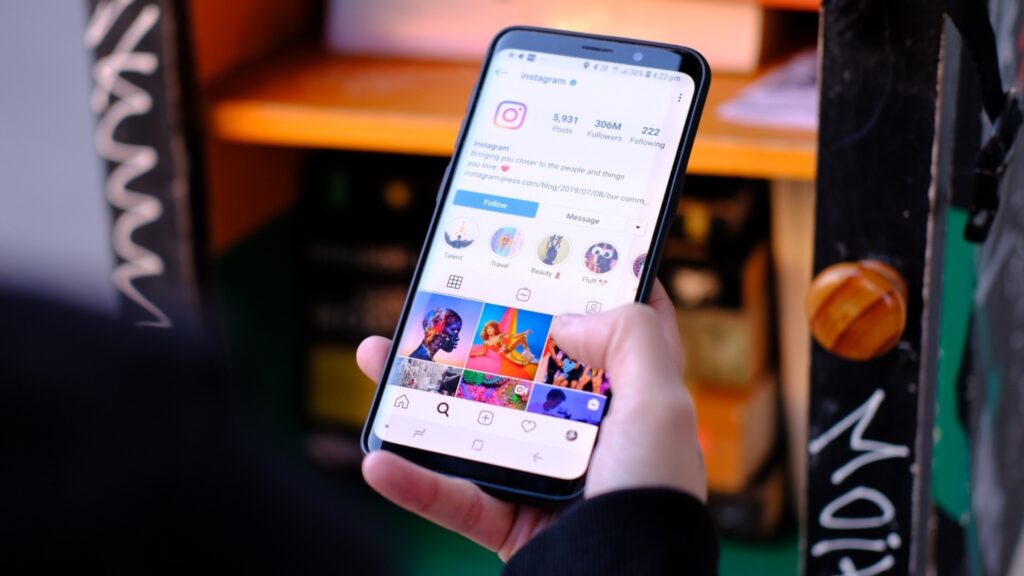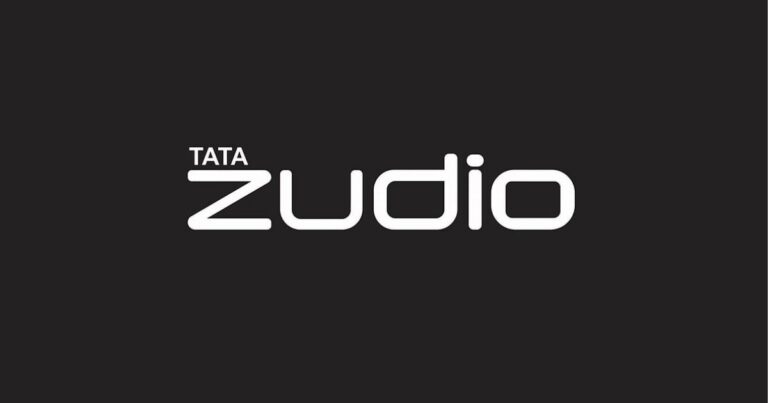Rise of Short Form Marketing
Rise of Short Form Marketing
In today’s fast-changing digital environment, marketing has progressed quite rapidly to keep up with our viewing habits of content. Perhaps one of the most significant changes we’ve witnessed is the advent of short-form content—
- Instagram Reels
- YouTube Shorts
- TikTok
Its inevitable influence on how brands engage and communicate with their audiences.
Marketing as a Communication Challenge
In its simplest form, marketing is a communication issue—namely, the delivery of a message that resonates. With the rise of short-form content, marketers have found a powerful tool that grabs not only attention but maintains it too.
Why Do Brands Take Notice of This Type?
The reason is the capacity to deliver meaningful messages, entertain, educate, or move within seconds, yet touch millions of people.
The popularity of reels is based on their effectiveness. Such formats are easily consumable and easily shareable, and therefore they are highly appropriate for the current generation, particularly the young generation, who continue to navigate through endless piles of content. Companies are aware of this fact. They are well aware that the market is there; they do not have the right content to address the right people. Work is focused on creating high-impact ideas in concise formats.

But Why Is This Format So Effective?
The answer is psychology.
The Connection of Psychology with Viral Marketing
Viral marketing is not an accident or fad. It’s wired into the nature of how our brains function. Short-form video tends to induce emotional reactions—laughter, astonishment, wonder, or concern. Emotional hooks are key to engagement. When we feel, we’re more apt to remember, react, and share.
The emotional connection serves as a fundamental element in rendering marketing truly effective. Brands meticulously design content that resonates with our emotions. They foster a sense of affection, relate to common struggles encountered in daily life, or illuminate dreams and aspirations. For instance, a reel that elicits laughter or inspires an individual is considerably more prone to being shared than one that merely advertises a product.
Once an emotional hook is set, brands go on to generate curiosity. They tease upcoming products, show behind-the-scenes, or showcase alterations. This keeps the audience engaged and curious.
Lastly, they use the power of social proof. When people see others interacting with a piece of content in the form of likes, comments, and shares, they are psychologically inclined to follow the crowd. This is the typical “if everyone else is into it, I should be too” effect. This herd behavior greatly increases the chances of content going viral.
Brand Examples of Successful Short-Form Marketing
Numerous companies have effectively used short-form content to produce viral marketing campaigns:
Nike: Nike’s “You Can’t Stop Us” campaign used quick, powerful imagery and an engaging emotional story to reach people on a worldwide level. The concise video messaging of the campaign was widely shared on multiple platforms, thus reinforcing Nike’s brand message of resilience and togetherness.
Bumble: Bumble’s CEO Whitney Wolfe Herd made it her mission to create a more secure dating space on the web where women initiate messages. Bumble’s short content on Instagram and TikTok is often centered around empowerment and control in online interactions, which aligns with their brand.
Alexis Bittar: The fashion accessory company revolutionized its advertising with humorous social media skits, creating the “Bittarverse.” The mockumentary-style skits with invented characters became TikTok and Instagram hits, indicative of creative storytelling in fashion advertising.
Findings of Branding Experts
Data on the psychological effects of branding is also enhanced by the research of industry professionals:
Amazon’s chief executive Jeff Bezos defined the brand as “Your brand is what other people say about you when you’re not in the room.” It reflects the emphasis of reputation building for branding.
Walter Landor, the creator of branding, once said, “Products are made in the factory, but brands are created in the mind.” This speaks volumes of the psychological side of branding, where perception plays an important role. Know more about Walter Landor.
Conclusion
During the reels age, viral marketing is not about coolness—it’s a savvy blend of content strategy and psychological insight. Winning brands are the ones that know whom they’re talking to, speak to their emotions, and provide value in a manner that speaks to them. The digital age is changing, and marketing is no longer just about selling—it’s about connecting. And in that connection, psychology has the most important role to play.
Disclaimer: The views expressed in this article are for informational purposes only and do not necessarily reflect the official policy or position of any organization. If you have concerns or believe there are factual inaccuracies, please write to us at info@primejournal.in or Contact Us.
Mohammad Ahmad
Mohammad Ahmad is a B.Com graduate with a passion for business management and technology. He currently contributes to Prime Journal as a content writer. Ahmad enjoys exploring the intersection of markets, management, and innovation. He once led a team in a national-level marketing competition, reflecting his interest in leadership and strategy.








